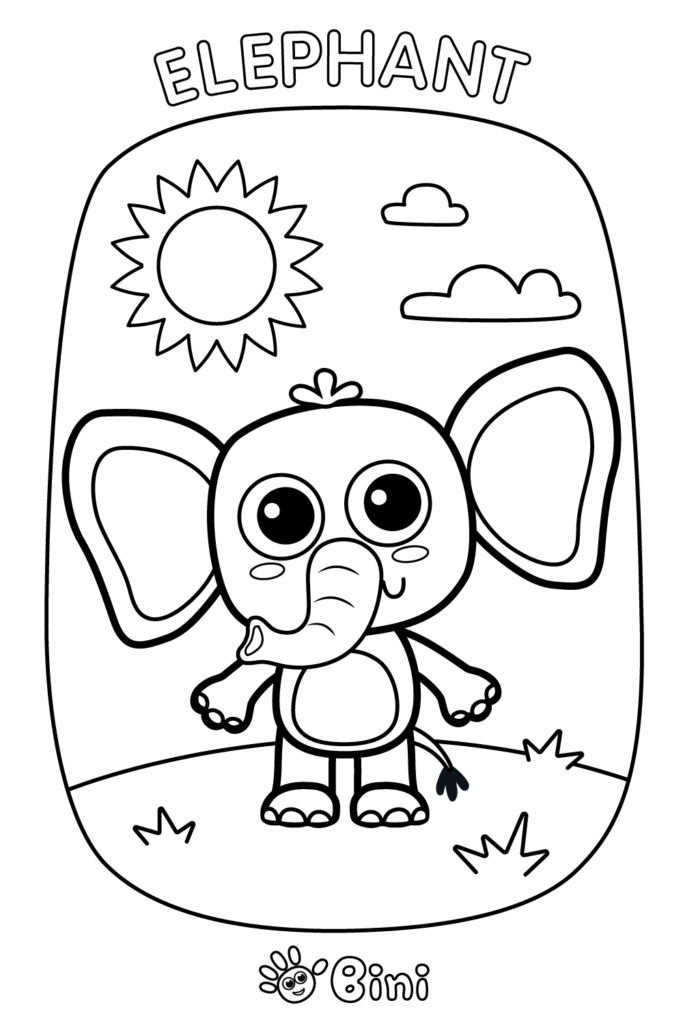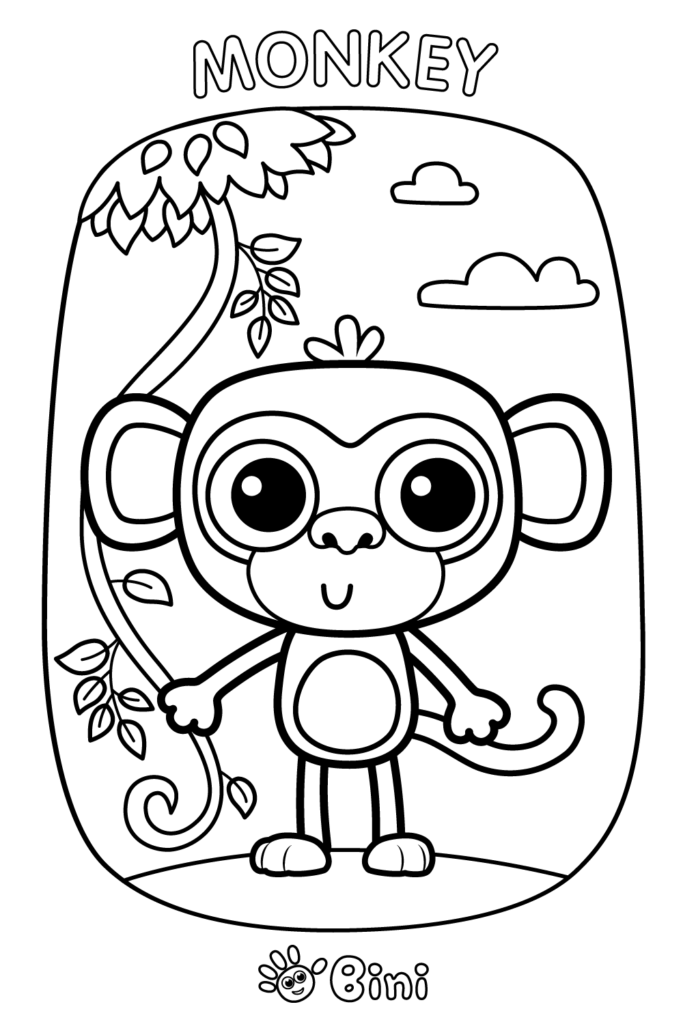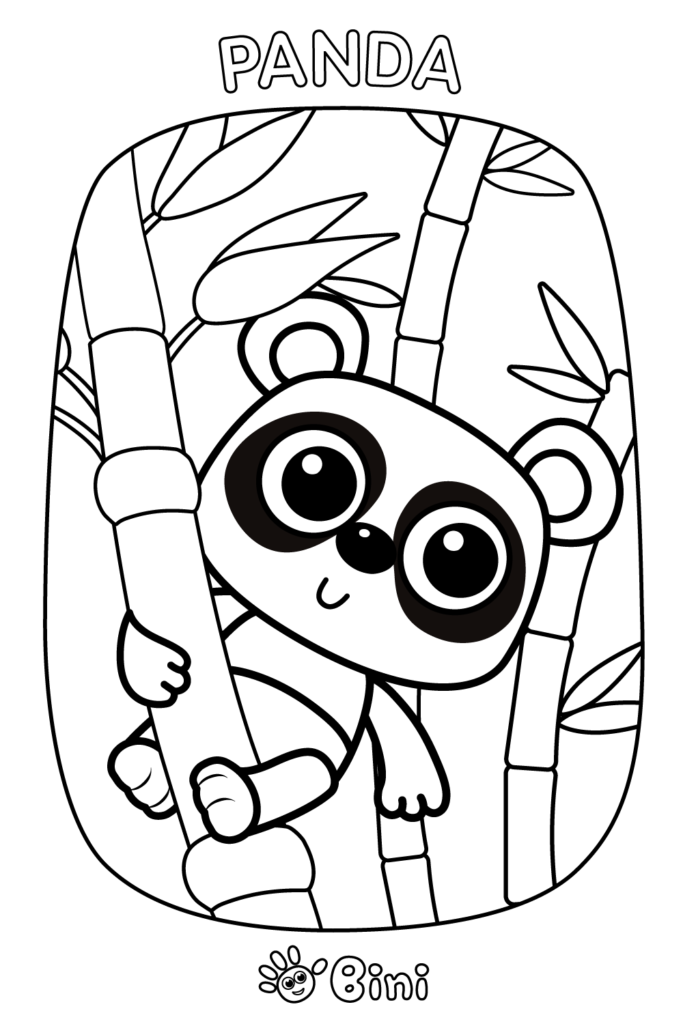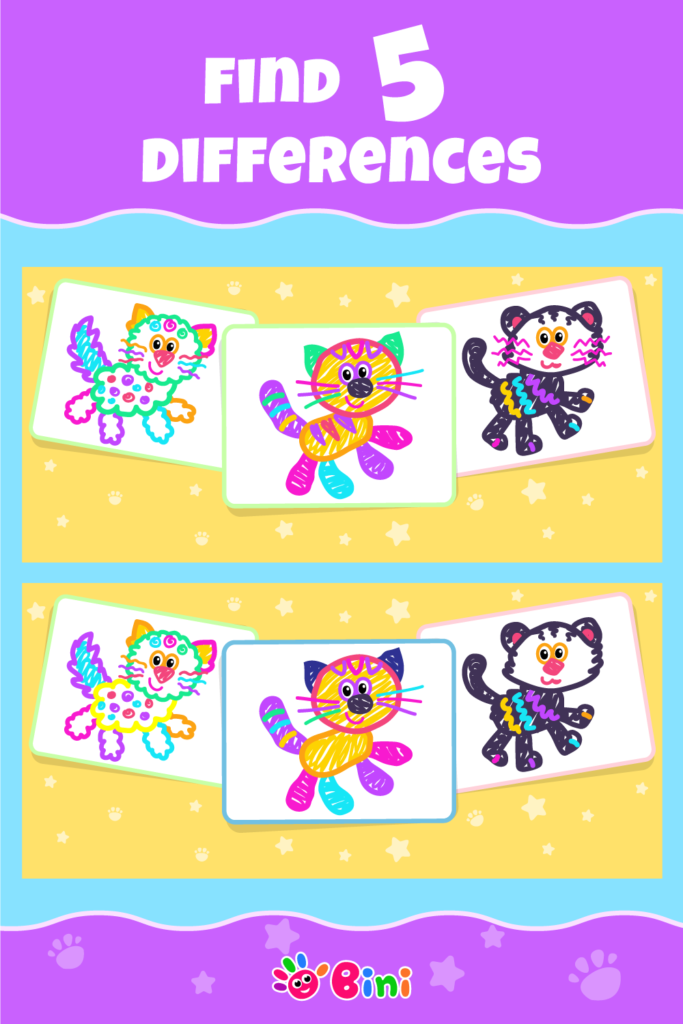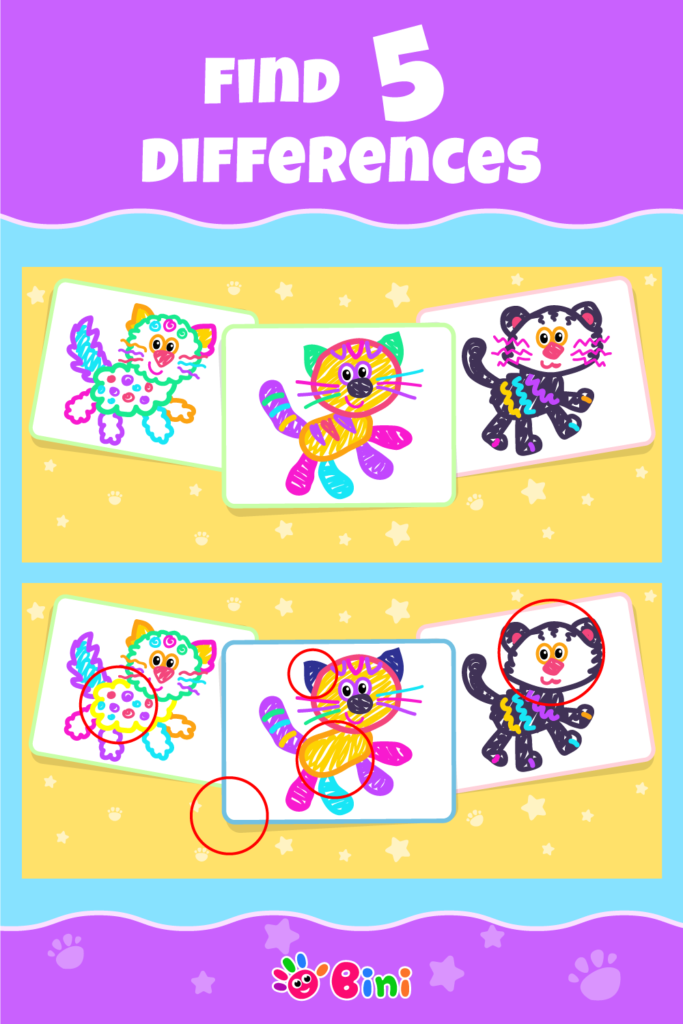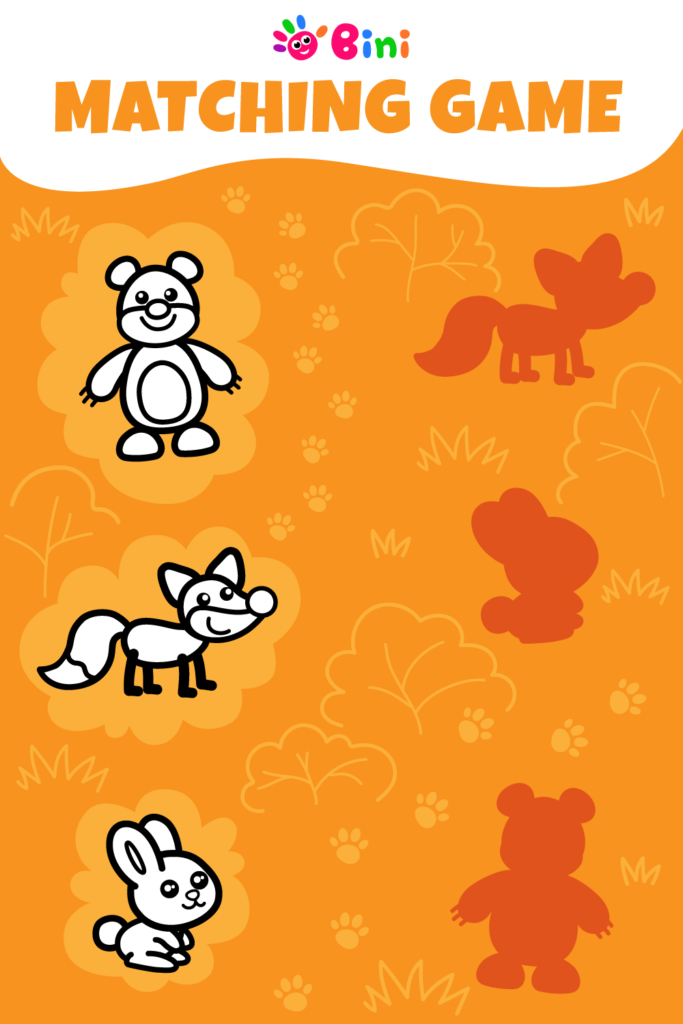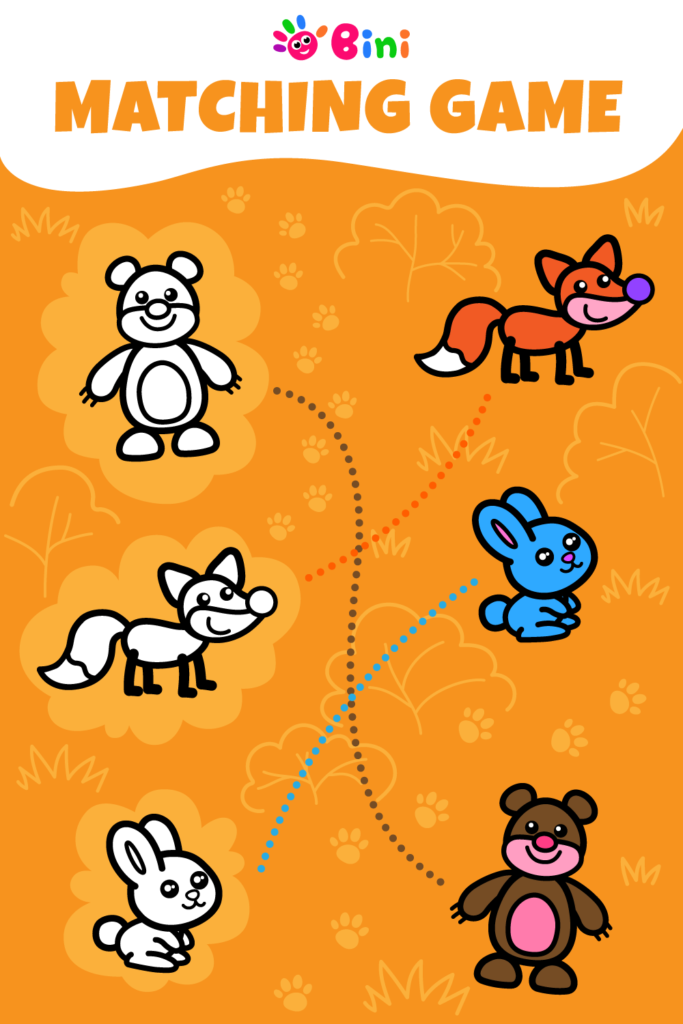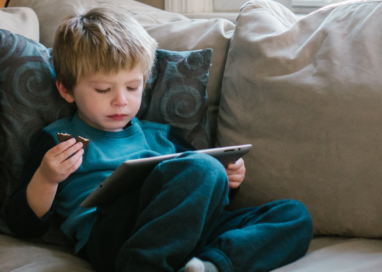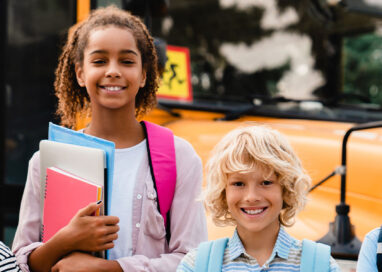Has the thought, “Ugh, my child cannot remember anything!” ever popped into your mind? It’s alright, it happens. But you can relax because children learn, remember, and develop at different rates. Your child’s brain is new, and it’s still creating the neural connections needed to assist in information retention. When we’re young, we have to build these connections from scratch, and doing so takes a lot of electrical energy. To create and strengthen these connections and assist in learning and memory development, there are two key building blocks: categorization and repetition.
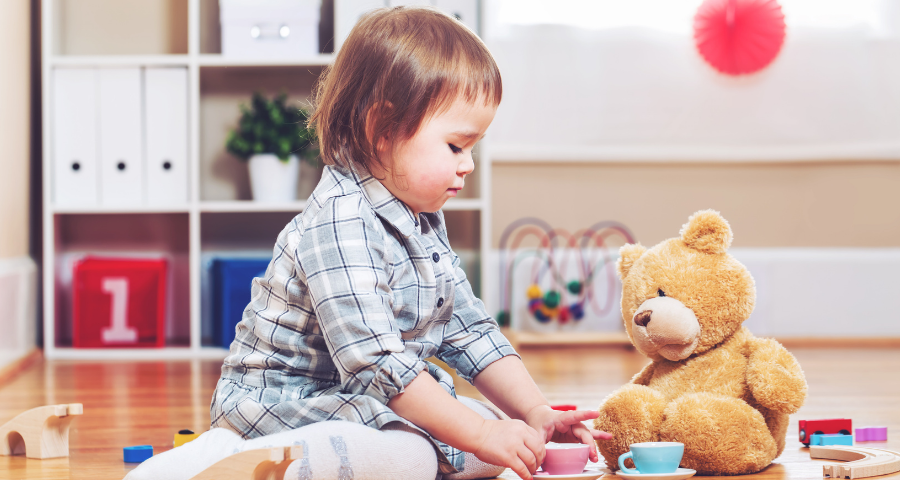
Categorization is one of the most basic cognitive processes. As the name suggests, categorization is when we sort information into categories. The purpose of using categorization for remembering information is to organize it as it is received, allowing it to be banked efficiently and more easily retrieved later. It can also help simplify our understanding of the world.
Let’s take a simple example like teaching your child the names of different animals:
You’re flipping through a book with your child, on the first page is a cute little doggy. Your child points, and you say, “Doggy, it’s a doggy,” then your pet dog runs into the room happily wagging its tail. Your child points at it and says, “Doggy!” Huzzah, your child knows the word doggy, you’re so proud. You turn the page of the book, and there’s a picture of a cat. Your child points again and loudly says, “Doggy!” Whoops…
First of all, don’t panic – this is all a part of the categorization learning process. You see, while your kid may have said the wrong animal, something incredible has happened in their brain. They’ve seen a picture of a dog and a picture of a cat and subconsciously made the connection that these two objects are both in the same category: animals. And why not? Both animals are furry, have four legs, two ears, wet noses, and a tail. With gentle repeated correction, your child will learn to see the differences between the two animals, and remember what each is called.
There are lots of fun activities children can do to learn the names of animals. They can color in our special Bini Bambini coloring sheets, such as the monkey, the elephant, the flamingo, and the panda (pictured below). By doing this, they not only learn the names of animals, they can learn different colors, body parts, and habitats, as well as develop their fine motor skills. (All that just from coloring in a picture!) Try asking your child age-appropriate questions about their drawing to see what they know, and help them learn new information.
For interactive drawing, you can download our Drawing for Kids app. There are more than 100 drawing tutorials in it that guide children step by step through each part. Voiced instructions like, “Draw the elephant’s trunk,” tell children what to do next and teach them animal body parts. Each time children choose what color pencil to use, it says, “green”, “red”, “black” according to the color. And it’s this kind of repetition that’s great for helping children retain and remember new information. (Click here for the App Store link, and here for the Google Play link.)
The next key building block in memory development is repetition. “Repetition? Ugh, how boring!” I hear you say. But how about we rephrase it as “practice makes perfect”? That sounds much better. And what is practice if not repetition? Repetition requires a little more effort than categorization, but certain types of it have been proven to help both children and adults learn and retrieve information more efficiently. Sometimes, when a child correctly answers a question but then days later can’t remember the same answer, it begs the question, “can a child learn but not retain the information?” But it’s just that the path to that information hasn’t yet been reinforced enough to access the information quickly.
Now, when we say repetition, we’re not talking mass repetition; that’s repeating information over and over and over again for an exceedingly short amount of time. That’s proven to be little more effective than not repeating anything at all. There are different types of repetition, and studies show that spaced repetition is one of the best ways to commit new information to your long-term memory.

We often see students using spaced repetition with flashcards when they are learning a new language and trying to remember new vocabulary. They create a flashcard for a word, creating a neural path to that word. They look at the flashcard again two hours later, reinforcing the path. If they correctly remembered the word, they can double the amount of time (four hours) before they look at the flashcard again. As long as they get the word correct, the time between repetitions keeps doubling. If they get it wrong, they repeat the same amount of time as before. Either way, the path improves and the information can travel faster through the brain. Before long, the path becomes a super-highway, and the new word zooms along it without the students even thinking.
This method is effective not just for language learning but also for remembering people’s names, facts and statistics, and anything you can think of. And it doesn’t have to be flashcards. If we want our children to repeat information so that it sticks but we don’t want them to get bored, the answer is simple – give them a variety of activities that teach similar information!
Earlier we had coloring sheets with animals and the Drawing for Kids app. The app is constantly being updated, so there’s always something new for kids to draw while they repeatedly hear similar instructions and the same colors. But there are loads of other activities you can give kids that the team at Bini Bambini have put together for you and your kids!
Does your kid like getting crafty? Paper crafts, such as making a 3D bouncy bunny (follow the link to see it and others), are a great way to get kids developing their fine motor skills, learn about animals, and keep them engaged for maximum edutainment.
Is music more their style? We’ve put together a great collection of catchy songs (here) that they’ll want to listen to again and again. If you really want to get your kids using their brains, you could also get them to do this’ spot the difference’ pictures (follow this link), or these matching games (follow this link). Kids love looking for the little details that either separate one picture from the next or let them match up!
Ignatio Estrada is famously quoted as saying, “If a child can’t learn the way we teach, maybe we should teach the way they learn.” We believe this to be true, so to help you and all other parents and guardians out there, we constantly strive to make new materials to teach children their way. So, in addition to our educational apps, we’re always creating fun new activities for your kids to play and learn. To get the latest from us, follow us on Instagram, Facebook, Pinterest, and YouTube!

